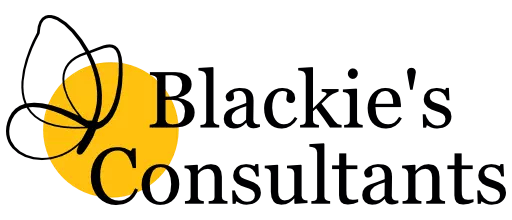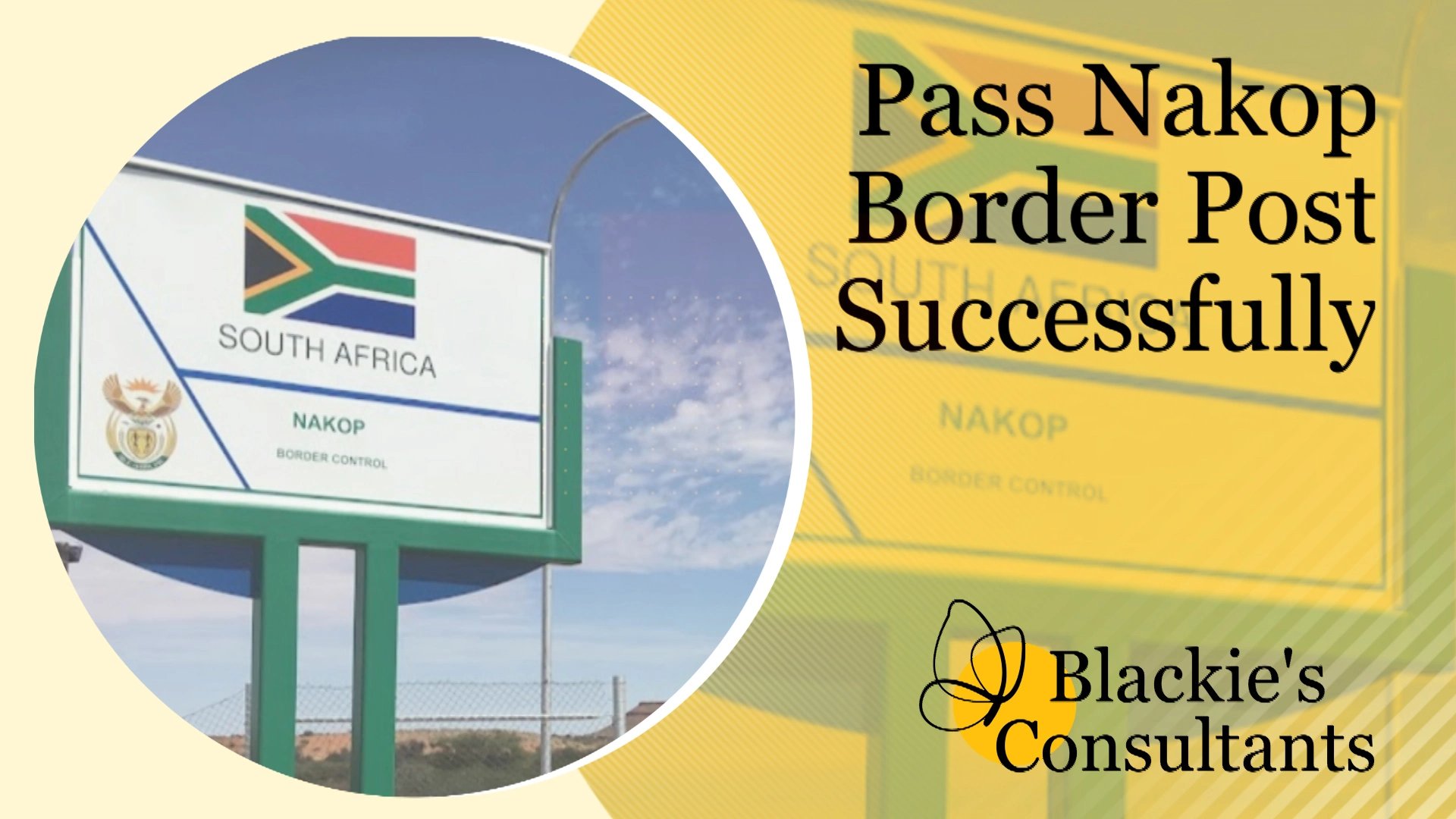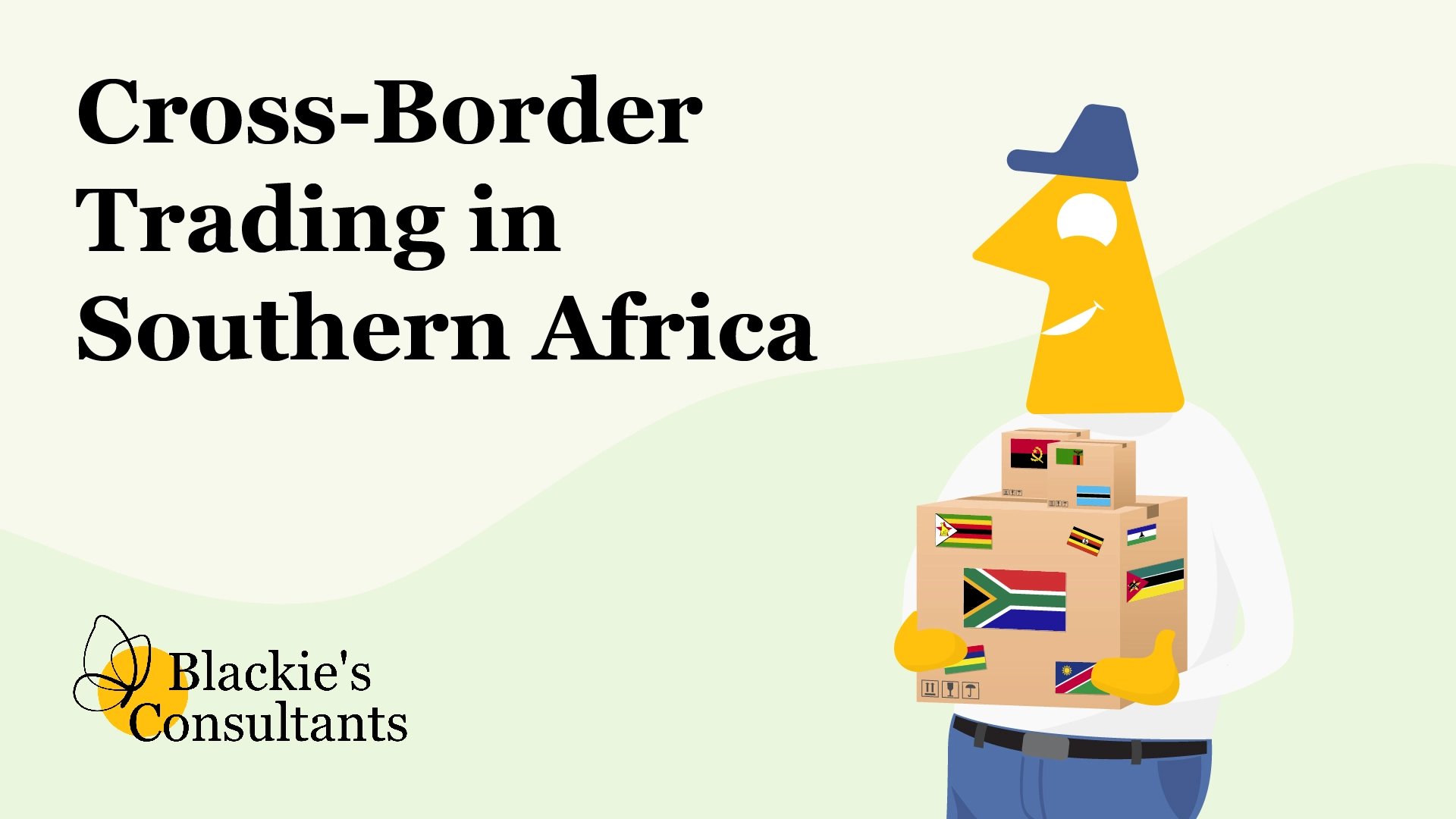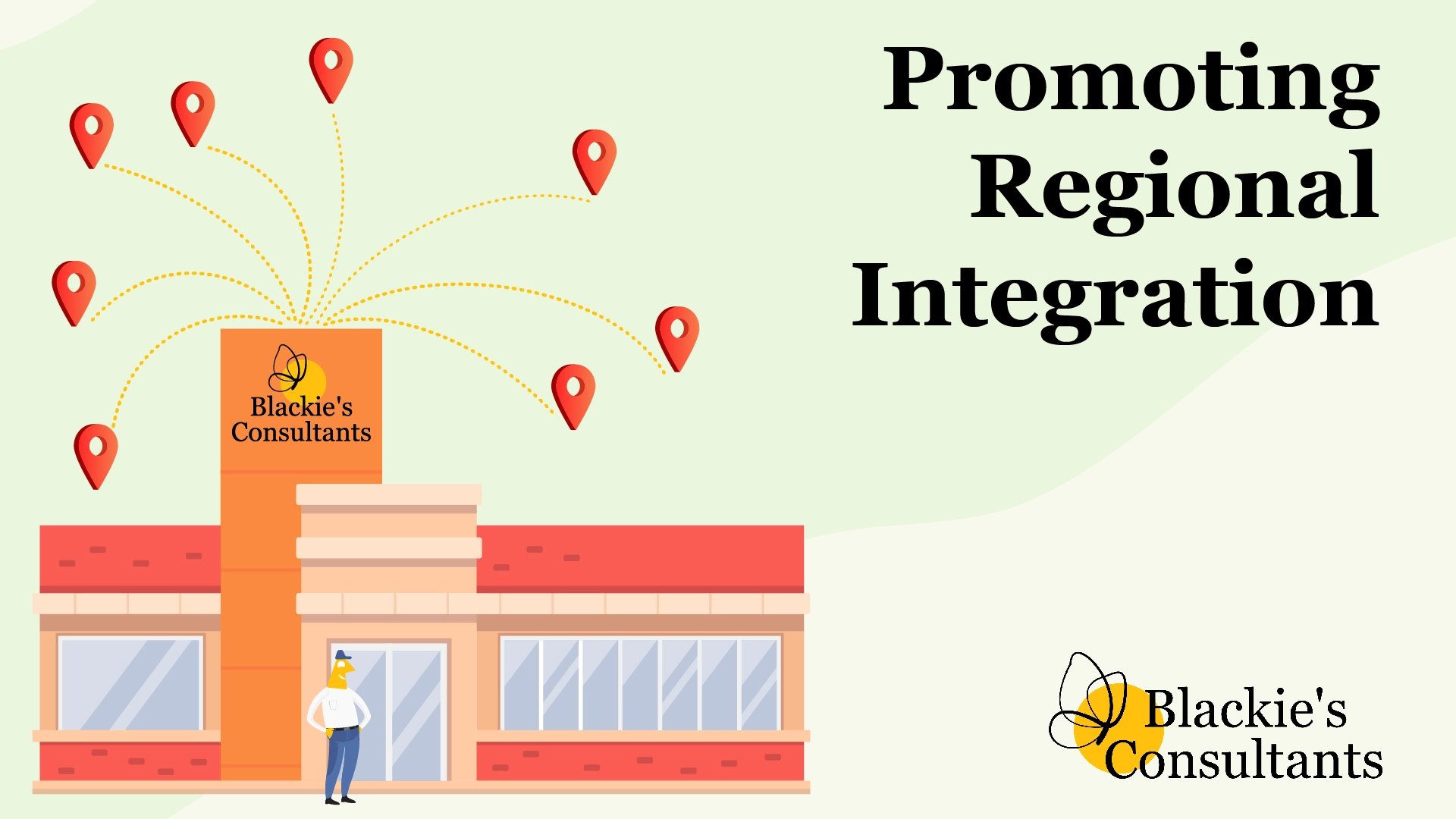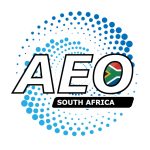Nakop is the border post between South Africa and Namibia, approximately 120 km from Upington in the Northern Cape. Some people also refer to it as Ariamsvlei border control (NAM/RSA-Nakop). This border post is open 24 hours. Crossing the border is not difficult if you have the correct official documentation and stick to regulations.
For this reason, it’s advisable to use a reputable agency like Blackie’s Consultants to ensure that the process is executed effortlessly and cost-effectively.
General Documents And Regulations At Nakop Border Post
- Visas. If you’re a South African citizen, the good news is that you don’t need a visa to enter Namibia.
- A valid passport for the driver.
- Valid driver’s license (relevant to the vehicle the driver uses for transportation).
- Vehicle sticker. The vehicle must have a sticker on the back identifying the country in which it is registered if you plan to drive it across the border. For instance, if you drive a car with a South African registration into Namibia, the car must have a ZA sticker. Likewise, a NAM sticker applies if a vehicle with a Namibian registration is driven into South Africa.
- Third-party documents for your vehicle.
Vehicle Documentation At Nakop Border
A) If you are the registered owner of the vehicle you are driving, you need:
– The original registration document for the car or a certified copy of it.
– A police clearance certificate attesting to your ownership of the car.
B) You require the following if you are not the vehicle’s legal owner (for example, if the bank is still financing it, rented, or borrowed):
– A certified copy of the vehicle registration papers or a copy of the vehicle licensing papers (where the renewal disk is cut out each year).
– A letter from the bank or owner permitting you to drive the car across the border. This letter, which an oath commissioner must sign, must include the dates you are permitted to export the car. In most cases, the financial institution won’t issue you a letter unless you can show them evidence of cross-border insurance.
Other Documents
- The original commercial invoices.
- Certificate of Origin (A commodity or item’s country of manufacture is stated on a certificate of origin [CO]. The product’s origin, destination, and exporting country are all disclosed on this certificate).
- The relevant (import/export) permits.
- SAD 500 (Customs declaration form.)
- SAD 502 (Transit control form if applicable.)
- SAD 505 (Bond control form if applicable.)
- Packing list (A document that provides details about the cargo, such as how it is packed, the size and weight of each package, and the marks and numbers marked on the outside of the boxes, to the exporter, international freight forwarder, and ultimate consignee.)
- Road Freight Manifest (A collation of information on the items transported, as well as details on the mode of transportation, including its identification, features, and route.)
- Namibian Clearing and Forwarding Instruction.
With so many documents and requirements to consider, a trusted clearing agency or customs broker like Blackie’s Consultants makes international trade so much easier because it’s done with accuracy and efficiency.
Blackie’s Consultants will not only help you with the completion and submission of the required documentation, but they also have the necessary representation in Namibia to assist at the border post. Especially with any matter relating to customs clearance and crossing the Nakop Border Post successfully. Speak to an expert from Blackie’s Consultants for border crossing advice today!
